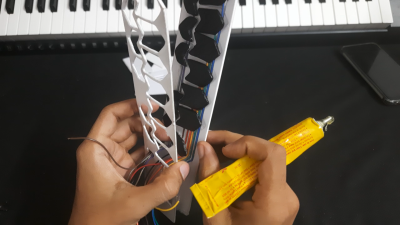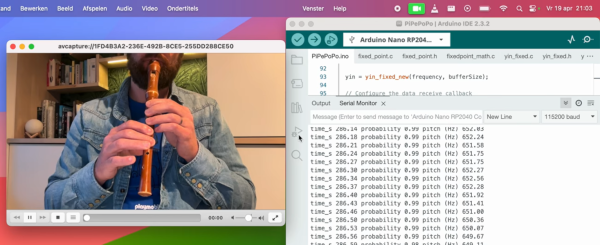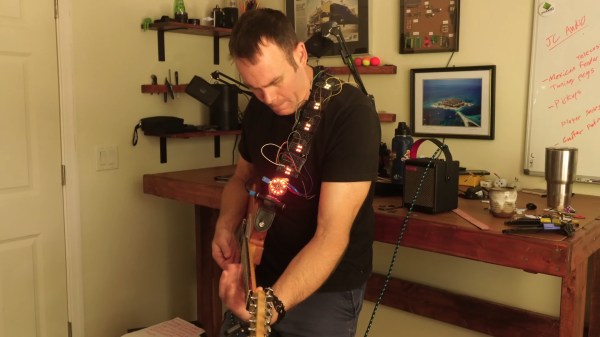Pianos traditionally had keys made out of ivory, but there’s a great way to avoid that if you want to save the elephants. You can build a keyboard using spoons, as demonstrated by [JCo Audio].
The build relies on twelve metal spoons to act as the keys of the instrument. They’re assembled into a wooden base in a manner roughly approximating the white and black keys of a conventional piano keyboard, using 3D-printed inserts to hold them in place. They’re hooked up to a Raspberry Pi Pico via a Pico Touch 2 board, which allows the spoons to be used as capacitive touch pads. Code from [todbot] was then used to take input from the 12 spoons and turn it into MIDI data. From there, hooking the Pi Pico up to a PC running some kind of MIDI synth is enough to make sounds.
It’s a simple build, but a functional one. Plus, it lets you ask your friends if they’d like to hear you play the spoons. The key here is to make a big show of hooking your instrument up to a laptop while explaining you’re not going to play the spoons a la the folk instrument, but you’re going to play a synth instead. Then you should use the spoon keyboard to play emulated spoon samples anyway. It’s called doubling down. Video after the break.
Continue reading “MIDI Spoon Piano Is Exactly What You Think It Is”


















